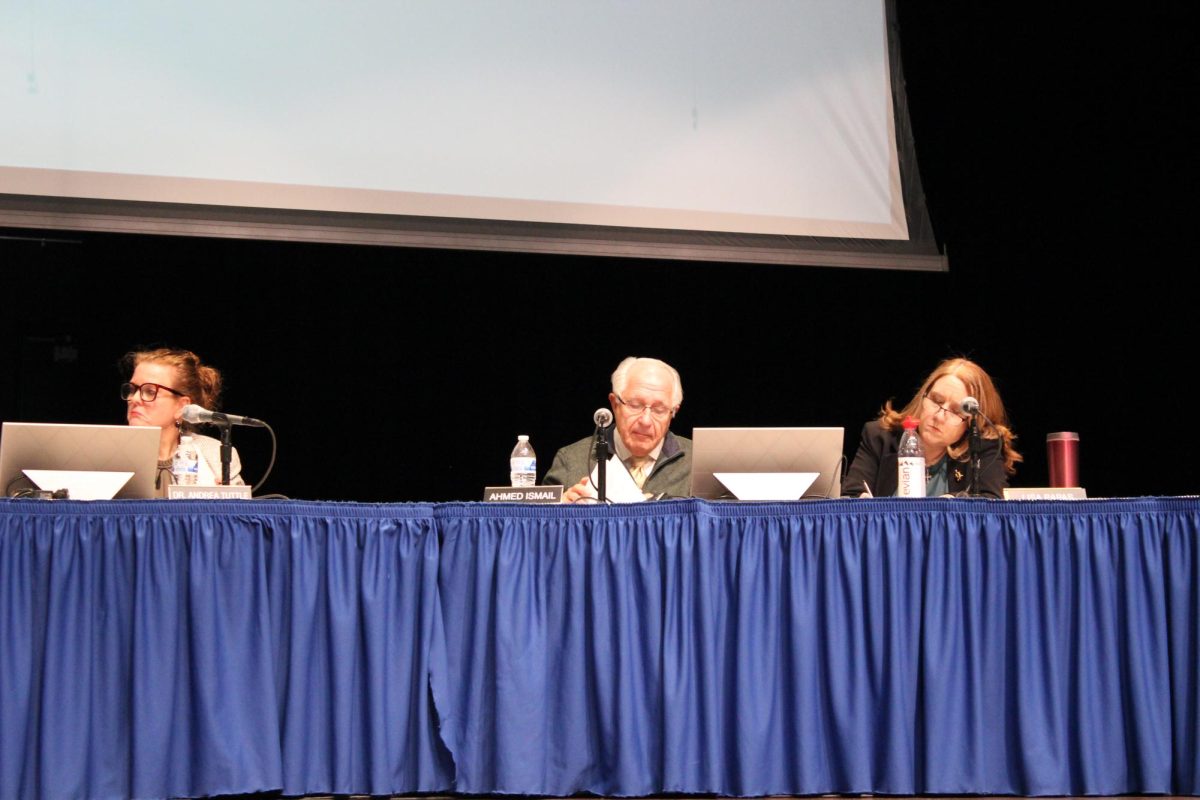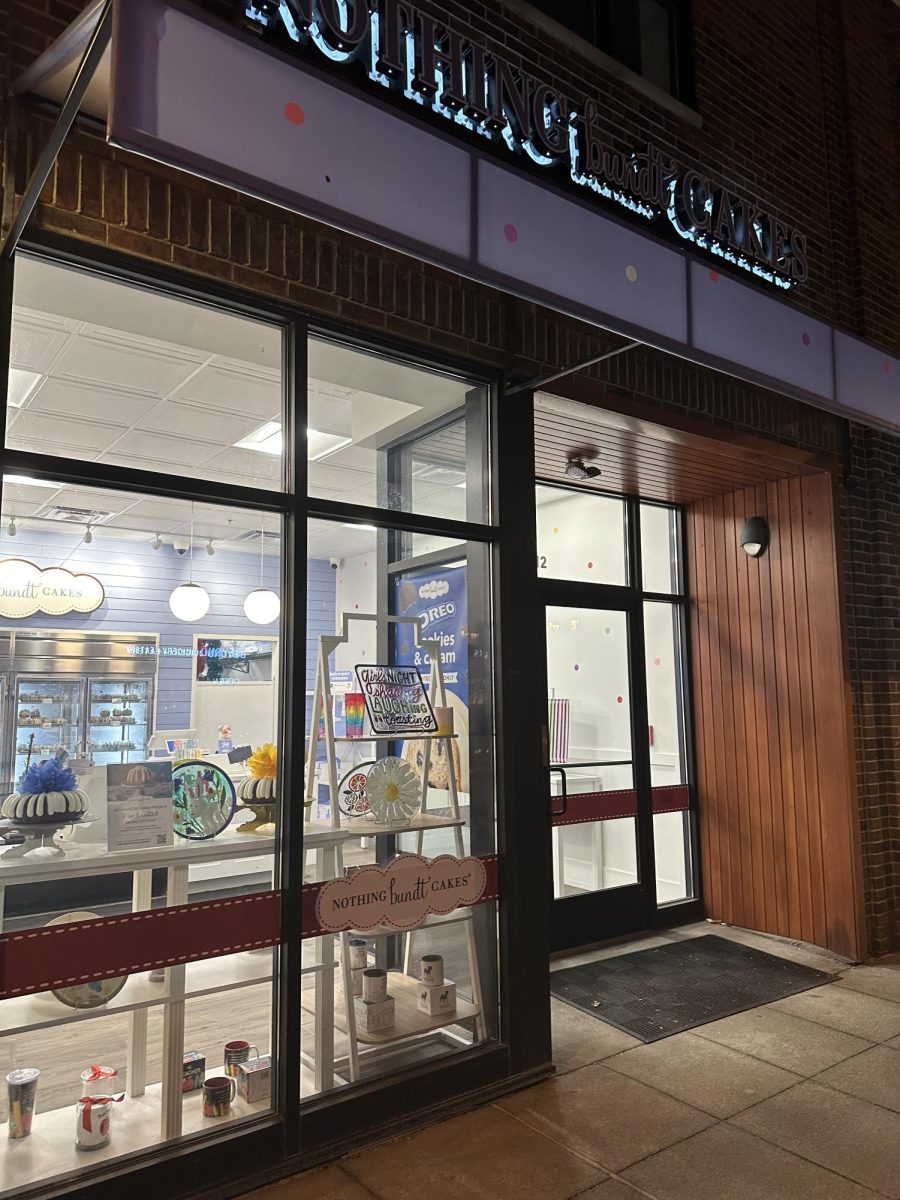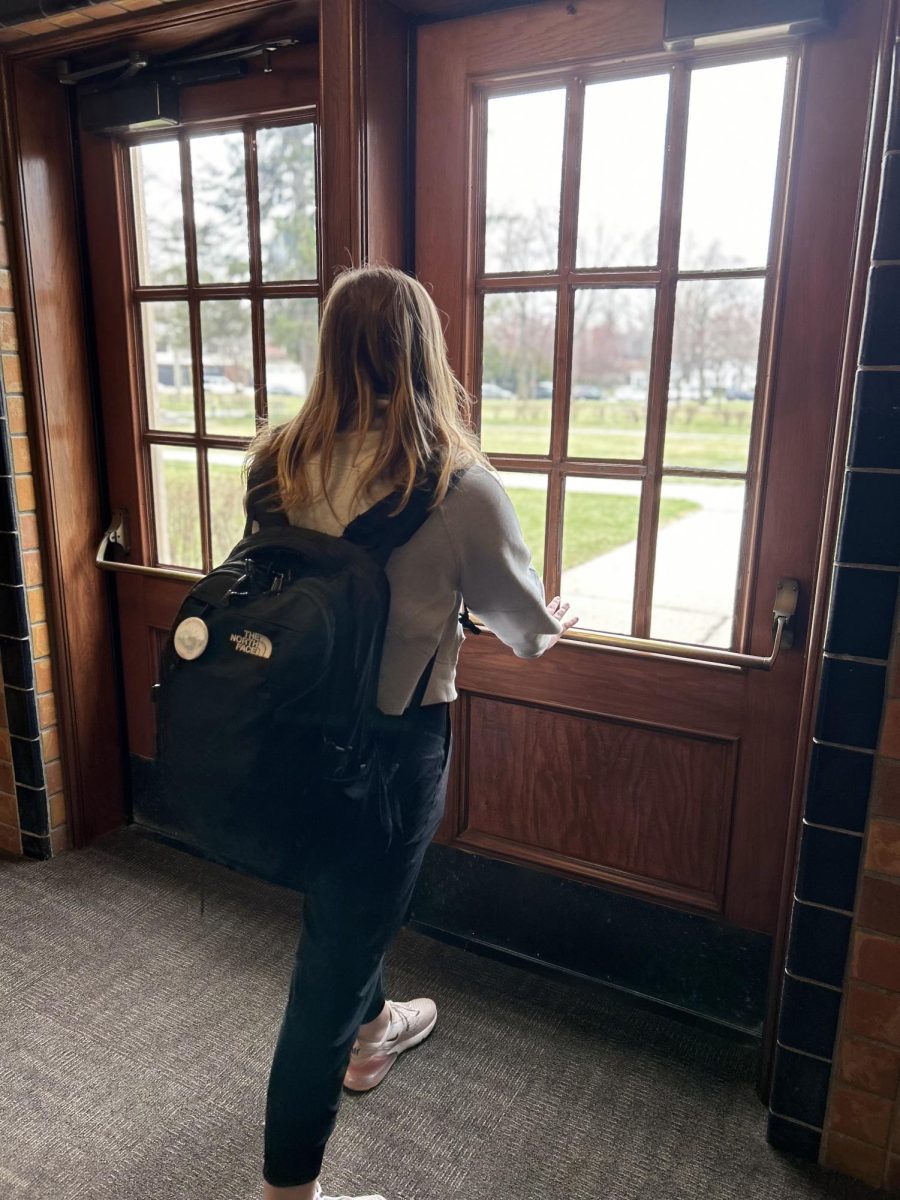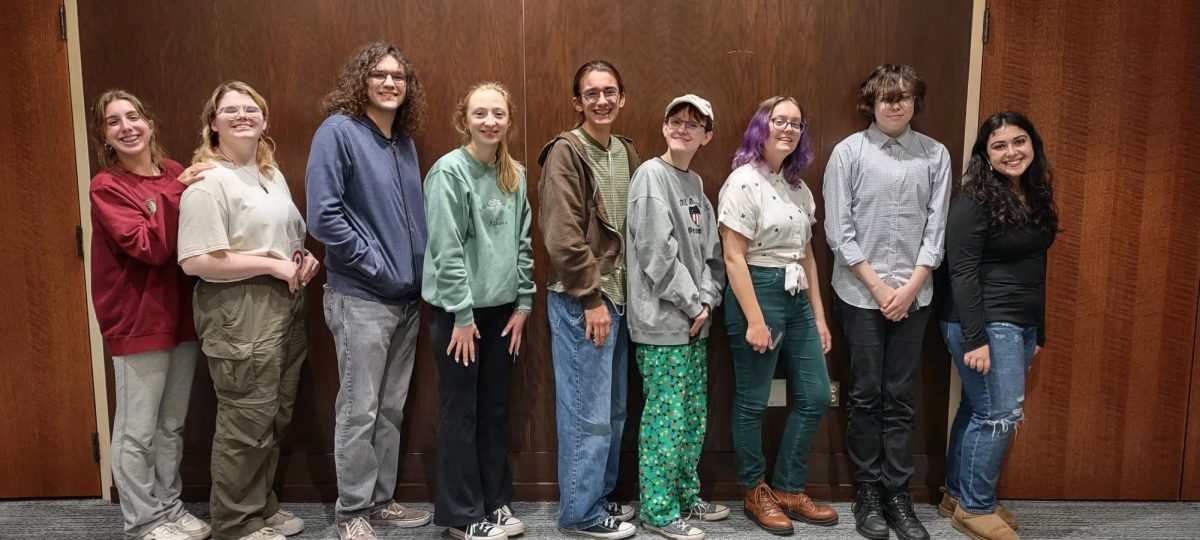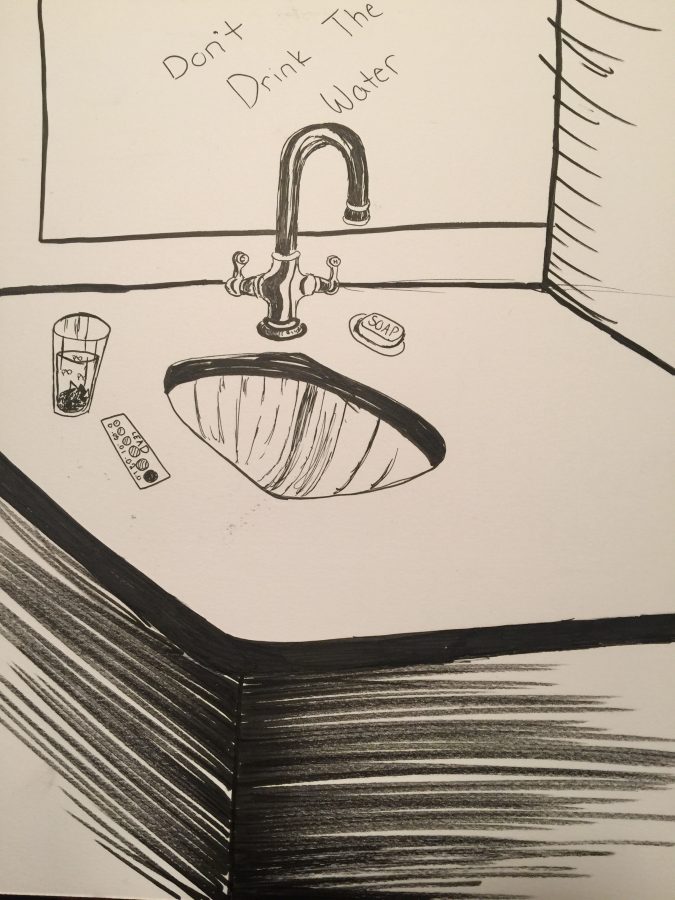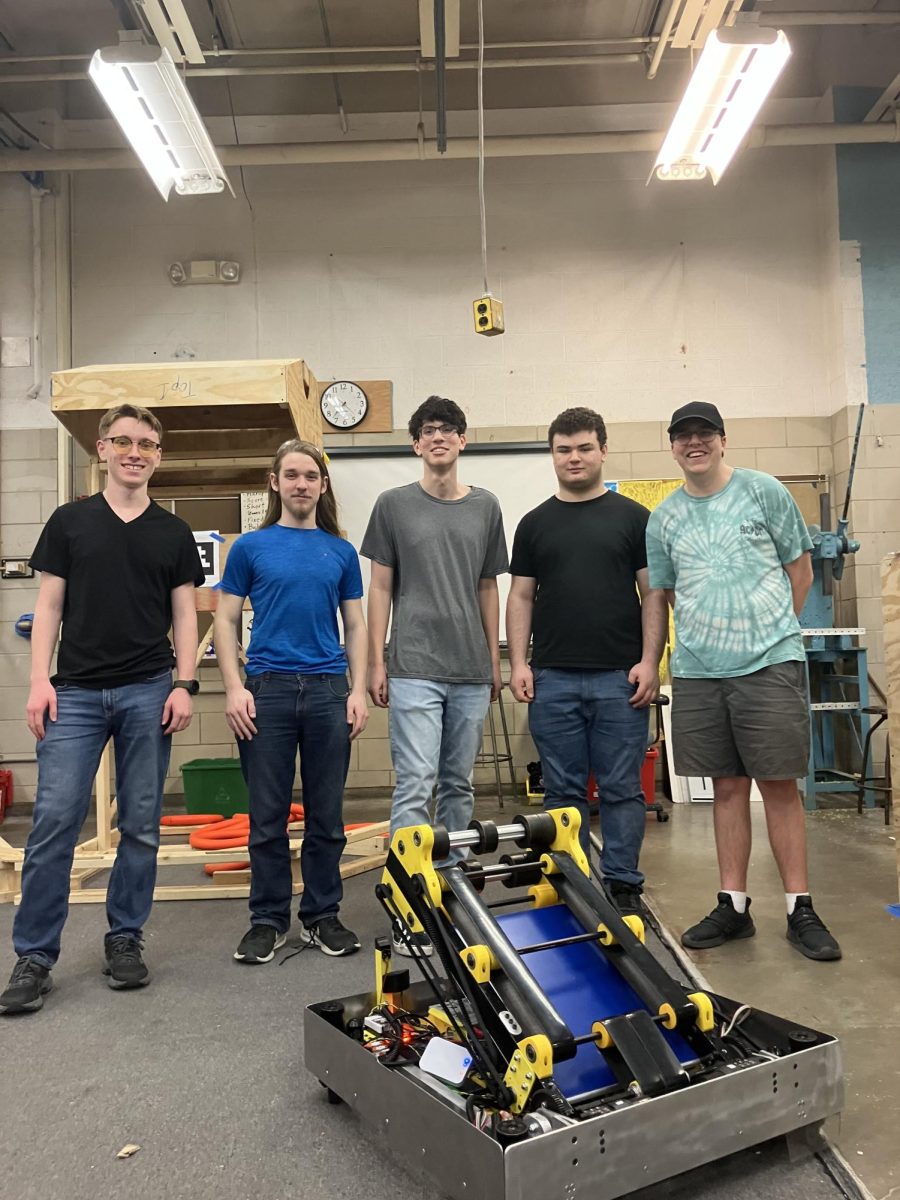This past spring break, Grosse Pointe Public School System conducted tests for lead and copper in all of its 15 schools around our community. GPPSS is one of the first districts in the state to voluntarily test the water for lead and copper in light of the Flint water crisis. We see this as a good move from the district, and hopefully districts around the state will follow in the same path. However, concern in the community has risen because some of the lead and copper numbers at select middle and elementary schools were above the safe amounts set by the EPA.
Lead action levels or the safe amount for lead and copper are 0.015 milligrams/Liter and 1.3 mg/L respectively. From the first-draw tests, meaning the samples were taken directly from the source immediately, schools that broke both of these levels include Barnes (lead- 0.070 mg/L, copper- 1.6 mg/L) and Pierce (lead- 0.044 mg/L, copper- 1.9 mg/L). Schools that only surpassed the lead levels were Defer (0.021 mg/L), Kerby (0.022 mg/L) and Maire (0.016 mg/L).
These numbers show that these schools had water over the action level, but not by a significant amount. In comparison to the Flint water levels, where many samples were either at or above 0.1 mg/L for lead contaminants. The difference of the lead content in water for our school system and the epidemic like levels in Flint is considerably wide. This doesn’t means the district should not act upon these findings, but be reassured that the Grosse Pointe community is not nearly in the same situation as Flint.
For the district to voluntarily test it’s water showed caution for students and staff. Fountains that came up with the lead and copper levels that were too high have been shut off, and new fixtures or filters are set to be put in place, when exactly is not known but it is believed to be taken care of soon. To clear all confusion, it was only isolated fountains and sinks that came up with high numbers, not the entire school’s water was unsafe to drink. We see changes such as these sends the situation in the right direction towards the EPA approved water content.
In addition to these changes, to ensure that lead and copper action levels are kept, the district plans to test its water every year moving forward. We see the district’s response to these findings as showing the care for all the people who come to and from our schools every day. If testing in the future wasn’t promised, these same problems could reoccur and possibly come back as a bigger threat to the district.
We also see this incident an important lesson that even an affluent community like Grosse Pointe can have water contaminants just as Flint did. Had these levels not been checked at the time they were, the safety of the staff and students in the district may have been put in jeopardy.
We applaud the precautions taken by the district for our safety and hope to see new infrastructure changes in the near future. These changes include getting rid of all old drinking fountains and sinks, and putting in new filters on existing new fountains.
After seeing how the situation in Flint was handled, we see a major issue was poor communication between the people and the government. Similarly, we would like to see open and continuous communication between the district and its staff, students and parents that may have concerns in the future.


